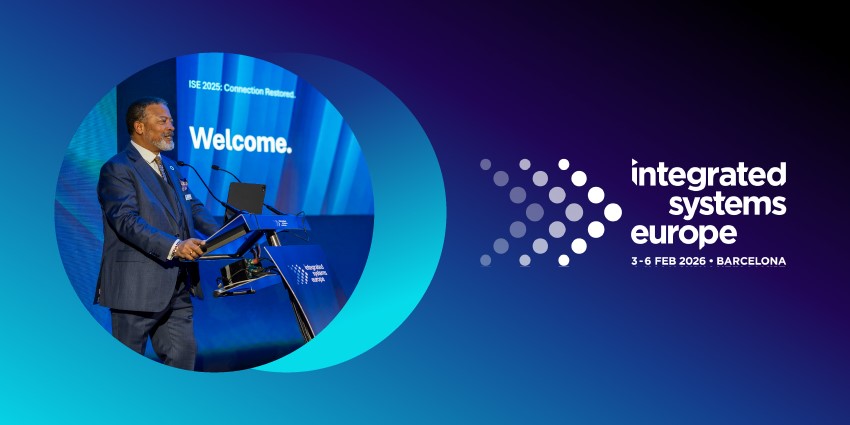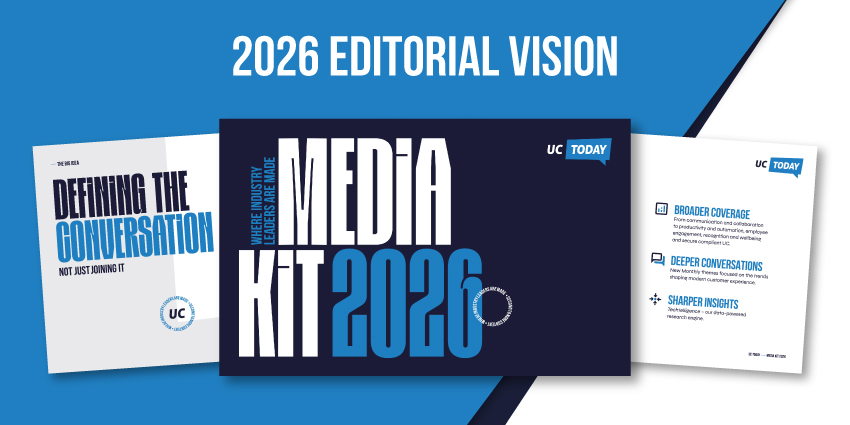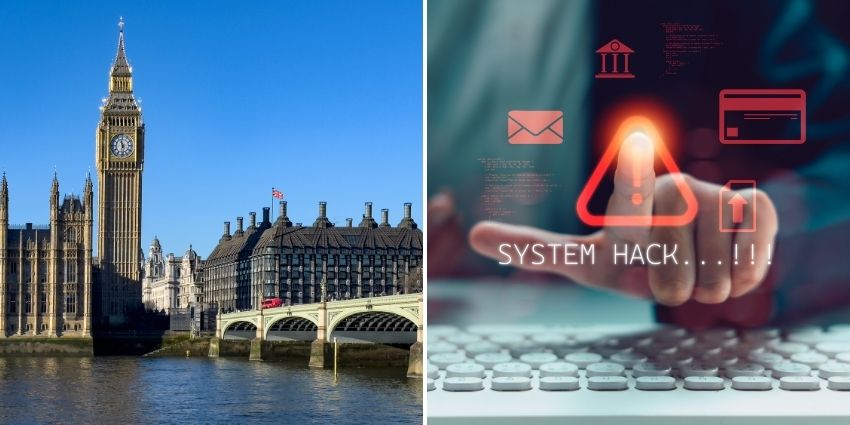As the hybrid workforce matures and employee retention tightens across industries, organisations are turning to one area for strategic advantage – employee experience (EX).
From recruitment and onboarding to daily work and development, EX encompasses all aspects of workplace culture to create an environment where employees feel engaged, supported, and empowered to perform at their best.
But EX in 2025 isn’t what it was even three years ago. What once lived inside HR portals and periodic surveys is now fully embedded in the tools employees use every day – Zoom, Microsoft Teams, Slack, and AI-powered HR platforms.
The result is a dynamic, fast-evolving landscape, with everyone from collaboration giants to start-up disruptors fighting to become the heart of how companies build culture, track sentiment, and retain talent.
Top Employee Experience Platforms for 2025
Choosing the right EX platform in 2025 means navigating a crowded field of powerful tools.
Whether focused on culture, performance, or data-driven retention, the following highlights the top 10 platforms HR leaders are now turning to – and why.
| Platform | Core Strengths | Ideal For | Key Integrations |
|---|---|---|---|
| Workvivo | Social intranet, comms, recognition, culture building | Distributed teams, culture-focused organisations | Zoom, MS Teams, Slack, HRIS |
| Leapsome | OKRs, 360° feedback, engagement surveys, learning | Fast-growing companies aligning performance | Slack, MS 365, G Suite, BambooHR |
| Qualtrics EmployeeXM | Lifecycle feedback, AI sentiment, predictive analytics | Data-driven enterprises at scale | Workday, SAP, Salesforce, MS 365 |
| Culture Amp | Engagement surveys, manager coaching, DEI tools | Culture-first organisations focusing on leadership growth | Slack, Teams, HR platforms |
| Microsoft Viva | Intranet, feedback, OKRs, learning, wellbeing in Teams | Enterprises in Microsoft 365 ecosystem | Microsoft 365, LinkedIn Learning |
| 15Five | Performance reviews, 1:1s, OKRs, manager coaching | HR teams combining performance + engagement | G Suite, Slack, MS 365, HRIS |
| WorkTango | Surveys, pulse insights, lifecycle feedback | Mid-to-large organisations needing real-time EX metrics | HRIS, Slack, Outlook |
| Bonusly | Peer recognition, rewards, culture reinforcement | Companies building recognition-driven culture | Slack, Teams, Gusto, BambooHR |
| Motivosity | Peer-to-peer recognition, transparency, reward workflows | Organisations boosting appreciation and transparency | Slack, Teams, HRIS |
| Workday Peakon Employee Voice | Continuous listening, benchmarking, predictive retention analytics | Large enterprises focused on deep analytics | Workday, HRIS, Slack, Microsoft 365 |
Worthy Mentions
For mid-sized global teams, HiBob also offers a flexible HRIS with onboarding, performance, comp, and pulse tools – though lighter on day-to-day engagement.
Centrical brings gamified learning and real-time coaching to the frontline workforce, making it ideal for retail and hourly environments.
Meanwhile, Amirra is a fast-rising, AI-native platform blending onboarding, engagement, and predictive talent insights – built for the EX demands of a digital-first era.
Why Zoom and Microsoft Are All-In on EX
Once seen as just the pipes for communication, Zoom and Microsoft Teams are now doubling as engines of employee engagement.
As remote and hybrid work redefine how teams connect, UC giants are charging hard into the EX arena – and they’re bringing their platforms with them.
In 2023, Zoom acquired Workvivo, a social-style intranet built for recognition, communication, and culture.
Fast-forward to 2025 and Workvivo is no longer just an add-on, it’s fully woven into Zoom Meetings and Chat.
HR teams can now push pulse surveys or shout-outs live during a meeting, resulting in a more seamless blend of productivity and people strategy.
On the other side of the ring is Microsoft Viva, now a mature, multi-layered experience platform embedded directly in Teams.
What started as a soft-touch add-on has evolved into a robust suite: Viva Connections for intranet access, Viva Engage for social interaction, Viva Learning for growth, and Viva Glint for deep feedback loops.
AI-driven nudges now surface burnout signals, while Copilot integrations personalize learning paths.
The message for HR leaders is clear: the tools we use to meet, chat, and collaborate are now where we engage, recognise, and retain.
And as EX becomes workplace infrastructure – not just an HR concern – Microsoft and Zoom are positioning themselves as the new cornerstones of culture, not just communication.
Strategic Implications for HR and IT Leaders
As employee experience platforms evolve from standalone tools into fully integrated ecosystems, HR and IT leaders face a critical crossroads.
The convergence of collaboration, communication, and culture technology – exemplified by Microsoft Viva’s deep Microsoft 365 integration and Zoom’s acquisition of Workvivo – means that EX is no longer solely an HR responsibility.
It’s now a shared strategic imperative demanding tight partnership between HR and IT.
Integration is everything. HR teams must ensure that chosen EX platforms seamlessly connect with existing collaboration tools (like Teams, Slack, Zoom) and core HR systems to create a unified employee journey. Without this, organisations risk fragmentation that undermines engagement efforts.
Data-driven insights will define success. Advanced analytics and AI-powered tools – such as Qualtrics EmployeeXM and Workday Peakon – offer predictive insights that can transform retention and talent management strategies. HR must upskill or partner with IT and data teams to harness these capabilities effectively.
Personalisation and AI are the new norm. Recognition platforms like Bonusly and Motivosity now embed AI to help managers deliver timely, meaningful praise, while coaching tools such as BetterUp leverage hybrid AI-human models to scale development. Embracing these technologies requires HR leaders to rethink traditional employee development frameworks.
Employee well-being is front and centre. Platforms integrating pulse surveys with wellness and micro-learning – like ThriveSparrow and Sage People – highlight the shift toward holistic employee support. IT must ensure these solutions respect privacy and data security while enabling real-time feedback.
Vendor ecosystem alignment is non-negotiable. With an increasingly complex stack of EX tools, IT leaders must drive vendor evaluations that prioritize interoperability, scalability, and compliance, ensuring smooth implementation and adoption.
In essence, 2025’s EX landscape calls for HR and IT leaders to become co-pilots of a digital employee experience strategy, balancing technology, culture, and data to build engaged, resilient workforces prepared for the future.
What’s Next: AI, Integration, and Experience-Led Retention
What’s emerging is a new consensus: employee experience is infrastructure, not an afterthought.
Tools like Slack GPT (Salesforce), Centrical, and Amirra are pushing further – embedding coaching, microlearning, and wellbeing into daily tools.
And as AI continues to reshape digital work, the EX battleground will likely centre on three areas: real-time sentiment analysis and personalised nudges; Integrated learning and growth tracking; and seamless experiences across UC and productivity stacks.
In this new landscape, HR is no longer a back-office function – it’s become a digital experience architect that could just shape the very soul of an organisation.







